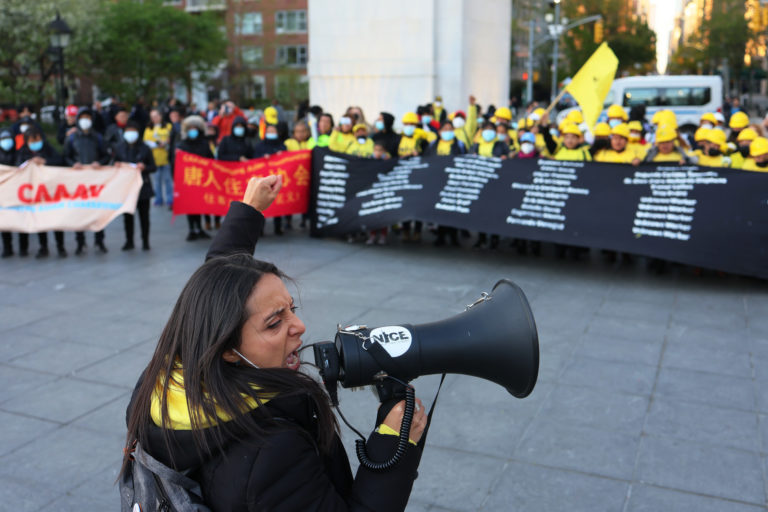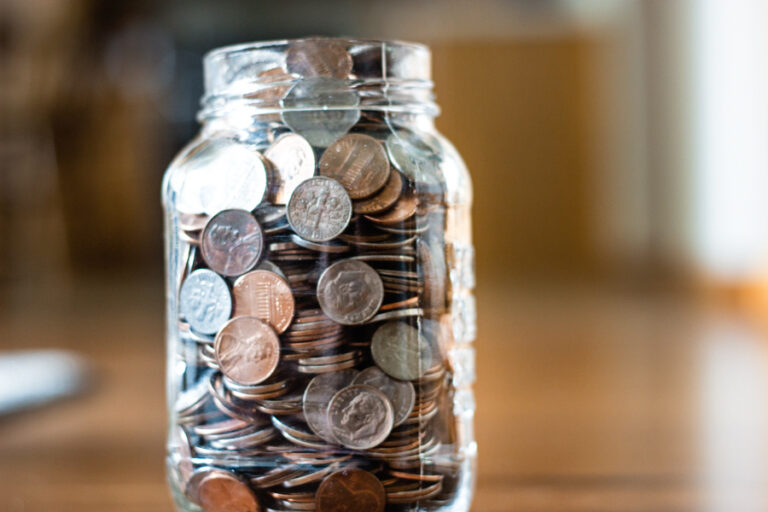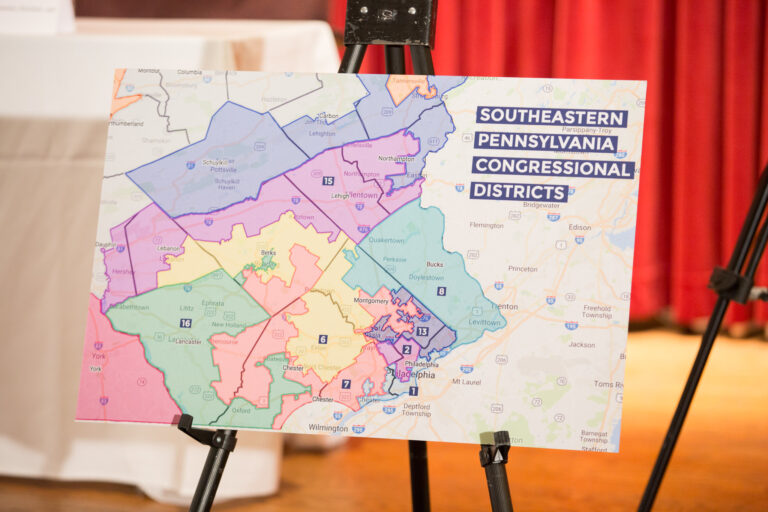Oscar Heanue is a student at Harvard Law School and a member of the Labor and Employment Lab.
The last five years have marked a resurgence for the music industry. After internet piracy and moves away from physical record sales led to decades-long lows in income in the early 2010s, revenue from sales of recorded music has increased in each of the last six years. This sudden and rapid growth has been driven by the popularity of streaming services, such as Spotify and Apple Music. Streaming services yielded $13.4 billion globally in 2020, making up 62.1 percent of total music industry revenue. The bulk of this revenue comes from paid monthly or annual subscriptions, which have enjoyed steady growth. Streaming services saw a new high of 487 million global subscribers by the first quarter of 2021.
The music industry’s shift towards an on-demand streaming model has been heralded by many as a positive change. Streaming subscriptions are allowing music fans to listen to more music than ever before, and, in most cases, are more affordable than purchasing full albums (the average paid streaming service subscription costs about $10 per month, and many offer free, ad-supported versions of their service).
While music’s shift to streaming has relined the coffers of the music industry and increased accessibility for listeners, one key group has been left behind by the industry’s digital on-demand revolution: the musicians themselves.
The Economics of Streaming
When a physical album is sold, a portion of the profit from the sale is paid directly to the artist according to the terms of their record label contract. A typical label contract would see an artist receive 10 to 20 percent of revenue for physical sales, or around $1.50-3.00 for each sale of a $15 CD. Under the subscription-based streaming model, royalty payments are structured differently. Revenue from all subscribers is pooled, and royalty payments are issued to artists’ record label proportionally based on the share of total music streams each artist generated. This means that the rate at which artists are paid is dependent not only on how many times their own music is streamed, but how much other artists’ music is streamed as well.
Once royalty payments are made to an artists’ label, the payment is divided among all interested parties. Typically, record labels take home the lion’s share of royalty revenue. In 2015, major labels received 46% of revenue from streaming subscriptions, while only 7% ultimately went to artists.
Royalty rates are not standard across platforms, and individual streaming services may vary their payment based on a number of factors, such as whether the stream comes from a paid subscriber or a free user. On average, however, artists earn little per stream. Spotify, which controls nearly one-third of the worldwide market share for music streaming, pays artists an average of just $0.0038. To earn a single dollar through Spotify, an artist would need around 229 streams.
For the upper echelon of artists, many of whom receive billions of streams, streaming can generate substantial income. For most artists, however, this is not the case. A recent study from the UK’s Intellectual Property Office found that just 0.4% of artists on streaming platforms earned enough from streaming to make a living. Even well-established artists with substantial followings can struggle. Last November, singer-songwriter Nadine Shah appeared before members of the UK House of Commons and revealed that she was struggling to pay rent despite having more than 100,000 monthly listeners on Spotify. Shah is not alone. Research shows that 82% of artists on streaming platforms earn less than $270 per year. Loss of income has only become more salient in the wake of the COVID-19 pandemic, when lost touring revenue – which makes up the majority of many artists’ income – led to the average artists’ income being cut by two-thirds in 2020.
Calls for Change
Poor compensation for music streaming has spurred organizing efforts dedicating to fostering change at various levels of the industry.
Unions – notably the Union of Musicians and Allied Workers (UMAW) – have focused on improving royalty payments from streaming services. UMAW has made headlines through its “Justice at Spotify” campaign, which calls on Spotify directly to increase its royalty payments and to foreground the concerns of artists.
The Union’s chief demands concern changes to Spotify’s payment model. UMAW has called for at least a penny per stream, and has demanded that Spotify move away from its current royalty-pooling model. UMAW is concerned that Spotify’s current model may “only help music’s biggest stars,” and argues that paying artists based on their share of total streams puts artists in competition. The Union has advocated for replacing the existing system with a “user-centric” model in which artists would be paid a fixed per-stream rate regardless of how many streams other artists receive.
More equitable compensation models, however, are just the beginning of UMAW’s focus. The Union’s further demands include:
- Transparency in Spotify’s dealings with labels;
- Complete credit lists for all recordings available on the service; and
- An end to Spotify’s legal and lobbying efforts that cut against the interests of artists.
Despite pressure from UMAW, Spotify has remained resistant to changes in its compensation model. Streaming services have broadly argued that significant increases in royalty payments would not be economically viable, particularly as the majority of revenue from streaming services is already paid out to music rights-holders.
With Spotify and other streaming services resistant to substantial increases in royalty payment, some have argued that the issue for musicians is the split in royalty payments between labels, publishers, and artists. This has been the issue for many artists in the UK, where the #BrokenRecord movement has pressured MPs to change the law to ensure a fairer share of royalty payments for artists. Earlier this month, Parliament heard arguments on the “Brennan Bill,” which would extend a right of equitable remuneration to streaming artists. The law, which would have ensured a more equitable split of royalty payments between artists and labels for streaming revenue, failed to move forward amidst intense opposition from record labels, despite winning sweeping support from many high-profile musical artists. Support for music industry reform, however, was indicated by MPs across the political spectrum, suggesting that legislative change could still be a possibility.
While the fight for improved compensation continues, some frustrated artists are turning to alternative platforms to improve their earnings. Bandcamp, which advertises the chance to “support artists directly,” is one streaming platform that is attracting artists through opportunities for better pay. 75 Dollar Bill, an experimental duo, told Pitchfork that they earned $4,200 in two days from 700 purchases of their new album on Bandcamp, significantly more than the approximately $100 they earn annually in royalty payments from other streaming services.
Music streaming has led to the creation of multi-billion dollar companies and has rejuvenated ailing record companies. The musicians that have built digital streaming, however, have seen their piece of the pie continue to shrink. With mounting public pressure, pushes for new legislation, and artists turning to industry competitors, though, it may soon be time for the industry to face the music.






Daily News & Commentary
Start your day with our roundup of the latest labor developments. See all
December 19
Labor law professors file an amici curiae and the NLRB regains quorum.
December 18
New Jersey adopts disparate impact rules; Teamsters oppose railroad merger; court pauses more shutdown layoffs.
December 17
The TSA suspends a labor union representing 47,000 officers for a second time; the Trump administration seeks to recruit over 1,000 artificial intelligence experts to the federal workforce; and the New York Times reports on the tumultuous changes that U.S. labor relations has seen over the past year.
December 16
Second Circuit affirms dismissal of former collegiate athletes’ antitrust suit; UPS will invest $120 million in truck-unloading robots; Sharon Block argues there are reasons for optimism about labor’s future.
December 15
Advocating a private right of action for the NLRA, 11th Circuit criticizes McDonnell Douglas, Congress considers amending WARN Act.
December 12
OH vetoes bill weakening child labor protections; UT repeals public-sector bargaining ban; SCOTUS takes up case on post-arbitration award jurisdiction